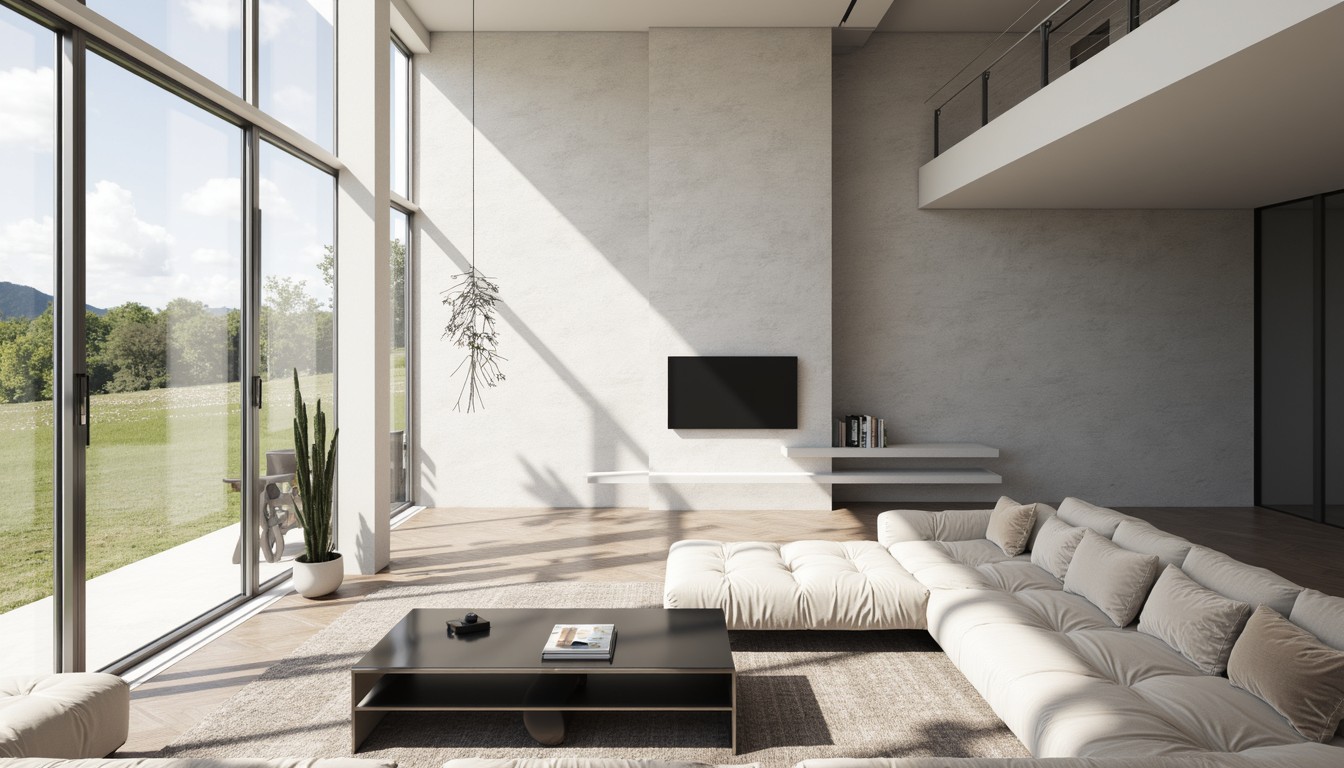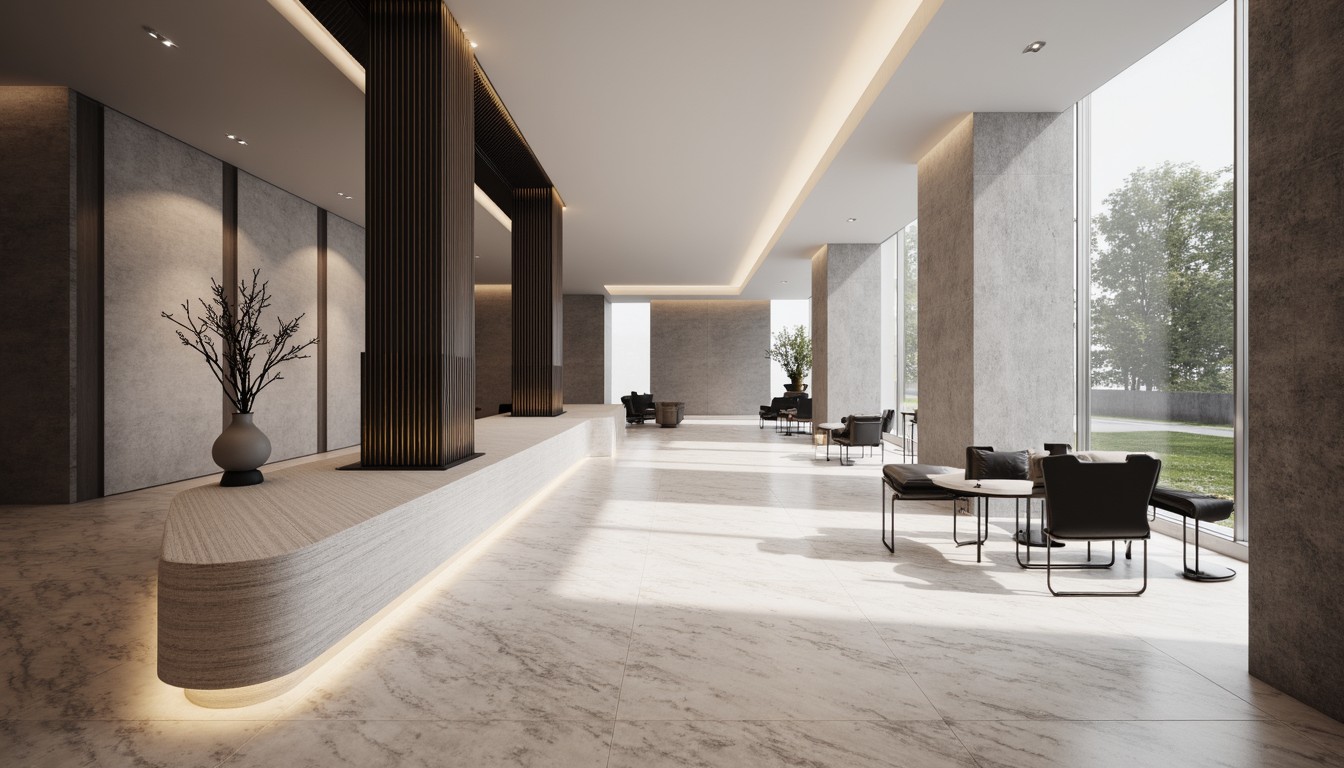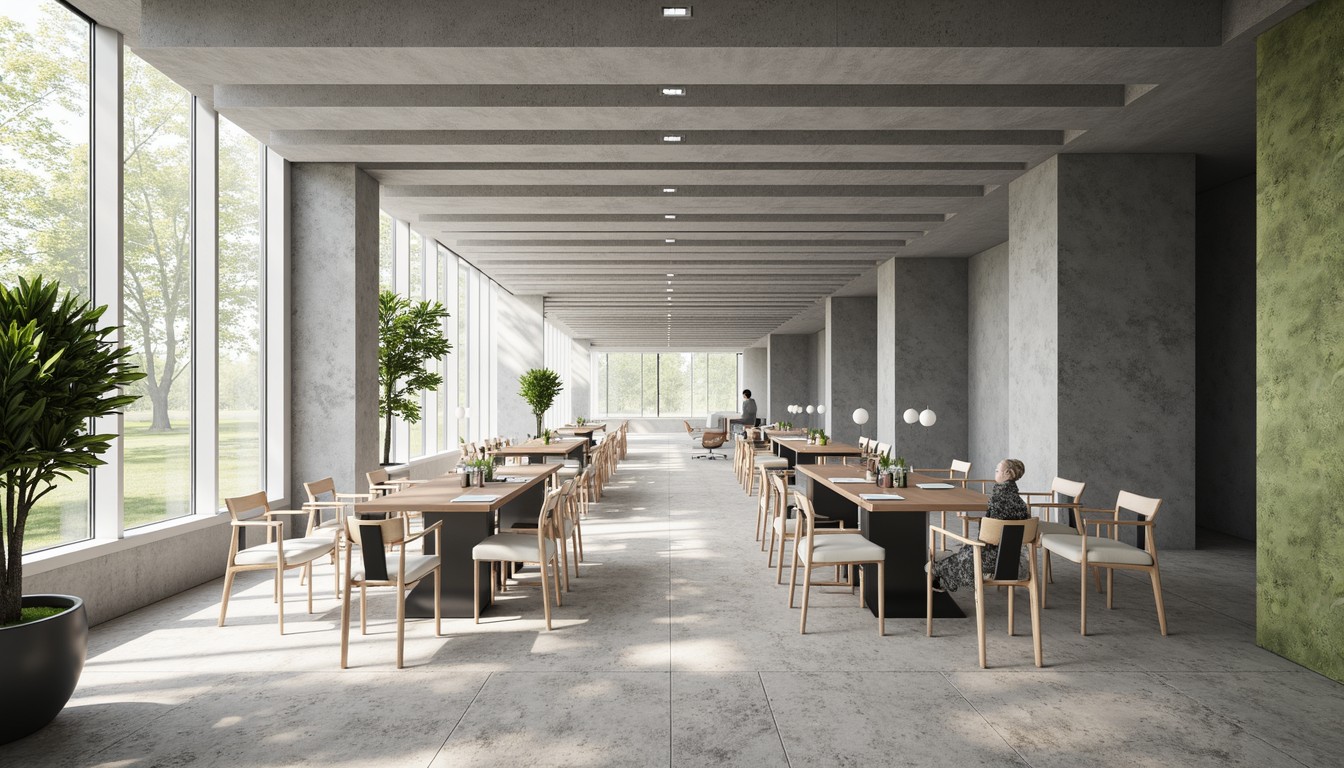AI-Powered Space Planning: A Design Revolution
The architectural landscape is undergoing a dramatic transformation, fueled by the rapid advancements in artificial intelligence (AI). One area experiencing a particularly profound shift is space planning, a crucial phase in any architectural project. AI-powered space planning tools are no longer a futuristic fantasy; they are rapidly becoming indispensable assets for architects, interior designers, and construction professionals, offering unprecedented levels of efficiency, creativity, and accuracy.
The Evolution of Space Planning: From Manual Drafting to AI-Driven Design

Traditionally, space planning involved tedious manual drafting, countless iterations, and significant time investment. Architects relied heavily on their experience, intuition, and 2D drawings, often leading to costly revisions and delays. The advent of Computer-Aided Design (CAD) software significantly improved the process, but it still lacked the intelligence to optimize space allocation automatically and consider numerous variables simultaneously.
AI-powered space planning software changes everything. These sophisticated tools leverage machine learning algorithms to analyze vast datasets, including building codes, client preferences, furniture dimensions, and even environmental factors, to generate optimal space layouts. This intelligent automation streamlines the design process, freeing up architects to focus on the creative aspects of their work.
Key Benefits of AI in Space Planning

The advantages of incorporating AI into space planning are numerous and impactful:
- Increased Efficiency: AI algorithms automate repetitive tasks, significantly reducing the time and effort required for space planning. This allows architects to handle more projects and meet tighter deadlines.
- Enhanced Accuracy: AI minimizes human error, ensuring precise calculations and optimal space utilization. This leads to fewer revisions and reduces the risk of costly mistakes.
- Improved Design Exploration: AI can generate multiple design options based on specific criteria, allowing architects to explore a wider range of possibilities and select the most suitable solution.
- Data-Driven Decision Making: AI provides data-backed insights into space utilization, helping architects make informed decisions based on quantitative analysis rather than intuition alone.
- Cost Optimization: By optimizing space utilization and minimizing material waste, AI helps reduce overall project costs.
- Sustainability: AI can be used to design energy-efficient spaces by analyzing factors like natural light, ventilation, and thermal performance.
Real-World Applications of AI in Space Planning
AI-powered space planning is already transforming various sectors:
- Residential Design: AI can create personalized floor plans based on family size, lifestyle, and preferences, maximizing space efficiency and functionality.
- Commercial Design: AI optimizes office layouts for improved workflow, collaboration, and employee well-being, considering factors like team size, communication needs, and privacy requirements.
- Healthcare Design: AI assists in planning efficient and patient-centric healthcare facilities, optimizing the flow of patients and staff, and ensuring adherence to safety and hygiene regulations.
- Educational Design: AI helps create flexible and interactive learning environments, optimizing classroom layouts for different teaching styles and student needs.
The Future of AI in Space Planning

The future of AI in space planning is bright. As AI technology continues to evolve, we can expect even more sophisticated tools that:
- Integrate with other design software: Seamlessly connecting AI-powered space planning tools with existing CAD and BIM software.
- Utilize virtual and augmented reality (VR/AR): Providing immersive experiences for clients to visualize and interact with their future spaces.
- Employ generative design techniques: Allowing AI to explore a wider range of design possibilities than ever before.
- Enhance collaboration: Facilitating better communication and collaboration between architects, clients, and contractors.
ArchNav: Your Partner in AI-Powered Space Planning
ArchNav is at the forefront of this exciting technological revolution. We leverage the power of AI to deliver cutting-edge architectural visualization services, helping our clients create stunning, functional, and sustainable spaces. Our team of expert architects and AI specialists utilizes the latest technology to streamline your design process, ensuring exceptional results. We understand the complexities of space planning and are committed to providing innovative solutions that meet your specific needs and exceed your expectations. Contact us today to learn how ArchNav can transform your next project.
